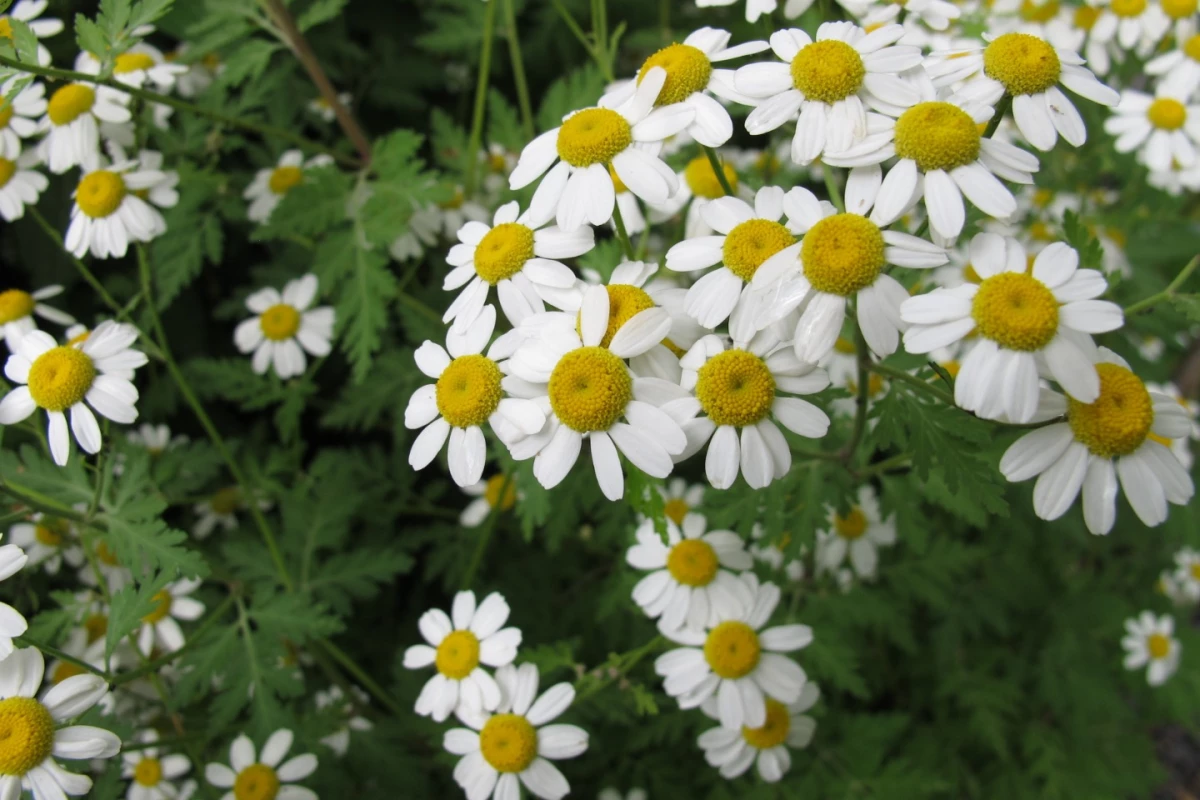Feverfew is a common flower easily recognizable either from a home garden or the shelf of the local health store. For hundreds of years it's been used as a traditional medicine for migraines and other pains, though its actual usefulness in that regard is questionable. But now, researchers from the University of Birmingham have engineered a compound from the leaves of this plant that might be a potent cancer killer.
The compound in question is called parthenolide, and it's been under this kind of investigation for years. Scientists have suspected that the compound is an anti-cancer agent, but it's been hard and expensive to make in useful amounts.
Feverfew and related plants are high in parthenolide, so the Birmingham team started by figuring out the best candidate for extracting the compound. After a few tests, they settled on Feverfew itself, with the highest levels being found at a point late in the flowering cycle.
From there, the researchers managed to extract the compound from the plant, refine it and turn it into new derivatives that were good candidates for drugs. Of this list of 76 versions, the team eventually singled out one that had particularly good bioavailability – meaning it could react with living cells – and better pharmacological properties than most.
The compound was put to work fighting a form of cancer called chronic lymphocytic leukemia (CLL), and in tests on cultured cancer cells, it appeared to be effective. The compound works by raising the levels of reactive oxygen species (ROS), unstable molecules that can be toxic to cells. ROS are also being investigated as potential antibacterial agents, and since levels are already higher in cancer tissue than healthy cells, the compound helps push it over the edge.
"This research is important not only because we have shown a way of producing parthenolide that could make it much more accessible to researchers, but also because we've been able to improve its 'drug-like' properties to kill cancer cells," says John Fossey, corresponding author of the study. "It's a clear demonstration that parthenolide has the potential to progress from the flowerbed into the clinic."
Of course, the next steps will be to test the compound in living animals and eventually humans.
The research was published in the journal MedChemComm. The team discusses the work in the video below.
Source: University of Birmingham




